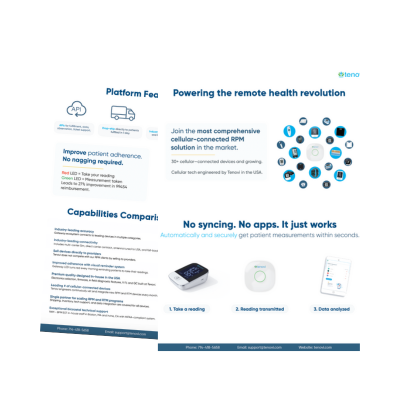On March 14, 2025, the House Ways and Means Health Subcommittee convened a hearing titled “After the Hospital: Ensuring Access to Quality Post-Acute Care.” The discussion focused on Medicare beneficiary access to post-acute care (PAC) services, the financial stability of providers, and how care models, including telehealth coverage, can improve patient outcomes.
Telehealth Coverage to Address Staffing Shortages
A recurring theme in the hearing was the increasing burden of nationwide staffing shortages. Skilled nursing facilities (SNFs), home health agencies, and long-term care hospitals were of particular concern.
Rep. Brian Fitzpatrick (PA-01) commented on the impact of workforce shortages on patient access. He cited that nearly half of Pennsylvania Healthcare Association members plan to close or sell at least one skilled nursing facility this year.
Dana Madison, a Texas home health administrator, echoed these concerns. She noted that the shortage of registered nurses (RNs) and licensed vocational nurses (LVNs) has remained persistent for years. Madison highlighted telehealth coverage as a critical tool for addressing these workforce gaps.
“Telehealth would help tremendously. If we could do telehealth visits, one particular nurse could make 20 visits a day instead of the normal eight that they make. For those patients that don’t need hands-on care that day, I think telehealth would be a great way to take care of those patients.”
This perspective aligns with ongoing federal discussions on expanding Medicare coverage for telehealth services beyond the COVID-19 public health emergency.
Medicare Telehealth Coverage Extensions Beyond the Public Health Emergency
During the COVID-19 pandemic, Medicare temporarily expanded telehealth coverage to ensure continued access to care. These flexibilities were initially tied to the duration of the public health emergency (PHE). Congress extended Medicare telehealth flexibilities to address ongoing healthcare access challenges beyond the PHE, with continued support for virtual care services.
While these extensions provide temporary relief, there is ongoing advocacy for a more permanent solution to ensure continued access to telehealth services for Medicare beneficiaries.
Below is a summary of the extensions currently in place.
- The American Relief Act, 2025, passed in late 2024, includes a short-term extension of waivers that have allowed for expanded Medicare coverage of telehealth services since the outset of the COVID-19 pandemic. These flexibilities are now set to expire on September 30, 2025.
- The extensions lift geographic restrictions. This allows patients to receive telehealth services from their homes. it also expanded the list of providers eligible to offer telehealth services.
Telehealth Coverage Extensions
As discussions about a unified post-acute payment system (PAC PPS) continue, there are potential opportunities for further integrating telehealth into Medicare’s payment structure. Witnesses and committee members pointed to the need for modernized reimbursement models that encourage the use of digital health tools.
Lisa Grabert, a health policy expert, addressed how a reformed payment system could better support home-based models of care, potentially increasing access to skilled nursing-at-home options. As the PAC PPS model evolves, there may be openings for expanded telehealth reimbursement for post-acute care providers.
Next Steps for the Telehealth
While the hearing did not specifically address new Medicare policies related to remote patient monitoring, the emphasis on telehealth as a solution to workforce shortages and access challenges signals an opportunity for industry stakeholders to engage in further discussions. Some takeaways for those in the telehealth field include the following.
- Policymakers are increasingly viewing virtual care as a necessary tool and workforce solution to alleviate provider shortages in post-acute care settings.
- With post-acute payment reform, there could be opportunities for expanded Medicare reimbursement for telehealth services.
- Stakeholder engagement is critical. Industry leaders in telehealth should actively participate in discussions with policymakers to ensure that virtual care technologies are integrated into future Medicare payment models.
As Congress continues discussions on modernizing post-acute care payment structures, organizations in the telehealth sector will want to remain engaged and updated on advocacy efforts to expand Medicare coverage for digital health solutions.
For further details, visit the House Ways and Means Committee website: waysandmeans.house.gov.


